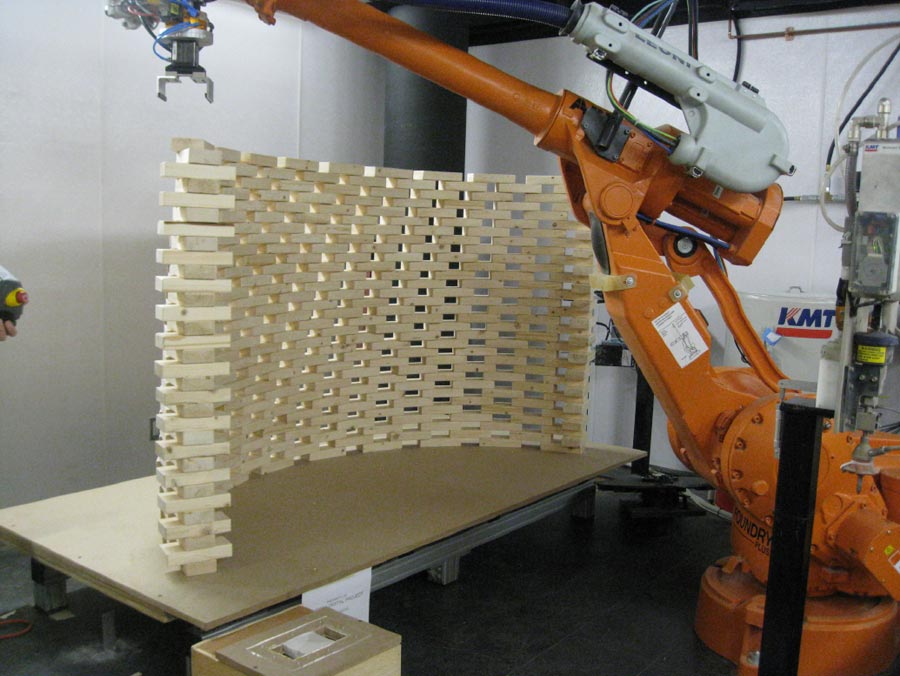Luci Laffitte – Looking Outwards- 3
SPAMGHETTO
http://www.spamghetto.com/gallery.php
“Spamghetto is the inappropriate, intriguing, irresistible spam-based wall covering that turns the bad ideas flooding your inbox into patterns of insight into the human nature.”
This wall and print art is generated with phrases from a spam folder from an email inbox. I find it interesting because it turns something that people HATE into something that is beautiful and something that people want to BUY?!
The type treatment and design are really what make this. It looks hand-drawn and created every time even if it is computer generated. What I am unsure about is how this is made… the site doesn’t make it clear whose inbox the spam comes from and if you can have your own inbox be the source for the generative text.
PIXEL CITY
![]()
http://flowingdata.com/2009/05/14/pixel-city-computer-generated-city/
Pixel City is a procedurally-generated city by Shamus Young. For the non-coders out there, this essentially means that based on a certain set of rules, this 3-D city is generated dynamically each time the program runs.
This shows a project of a generative cityscape. A video shows the steps Shamus went through to create a believable environment (generate standard buildings, generate modern buildings, create a grid of street lights etc). I find this interesting because he makes it seem so easy to create a large and realistic environment just by creating a set of constraints, while I had always imagined it to be a long and laborious process to create virtual environments. This has inspired me to look into other generative terrains projects. Although he admits that he doesn’t lnow what to do with this, I see the potential for many practical applications such video games.
“On the Bri-n-k” Robotic built wall at the GSD

http://www.dezeen.com/2009/05/11/on-the-brinck-at-graduate-school-of-design-harvard-university/
Professor Ingeborg M. Rocker of Rocker-Lange Architects and students at the Graduate School of Design at Harvard University, USA, have used a robot to build an undulating double-wall structure. The robot arm was programmed to place 4,100 wooden bricks to create complex double-curvature walls.
This is a cool project because they created a design for a structure and then a robot actually constructed it! It is an impressive combination of computer generated design and computer aided construction. The structure has beautiful curves and shows off the potential for little blocks (“bricks” to create organic and complex forms). And although the structure seems to be impractical and uninhabitable, this project breathes potential for computer aided construction of many kinds… (robots building homes in the antarctic? africa? space?!)
